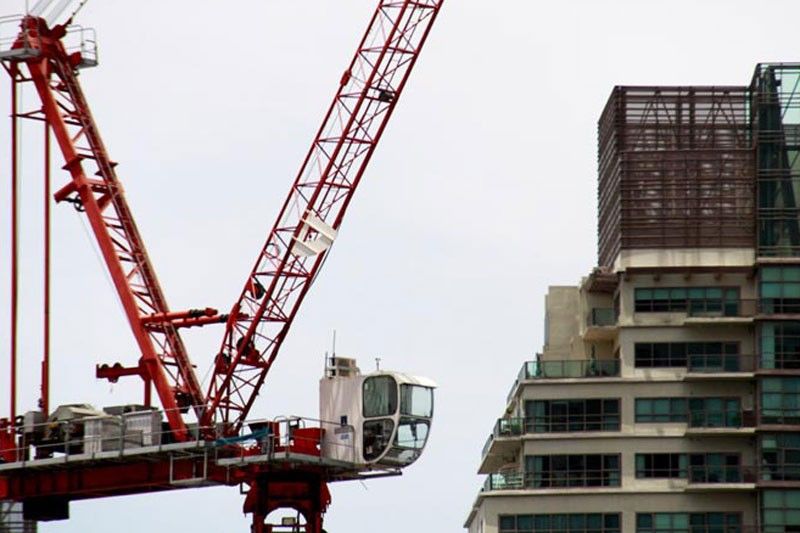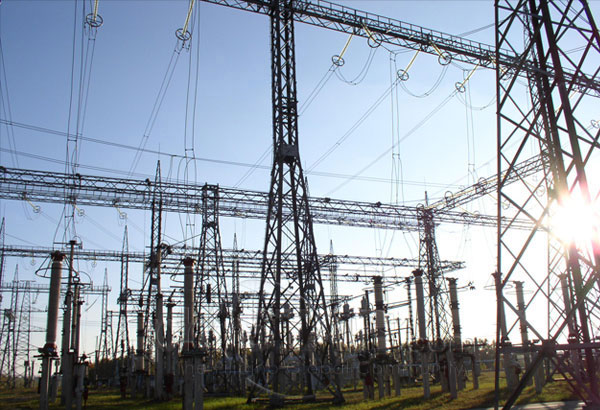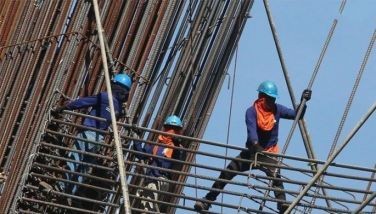Philippine economy underperforms in 2018

GDP growth slows to 6.2%
The Philippine economy grew at a slower pace in 2018, failing to hit the government’s target but still among the fastest in Asia, the National Economic and Development Authority (NEDA) reported yesterday.
In the fourth quarter of 2018, gross domestic product (GDP) growth registered at 6.1 percent, weaker than the 6.5 percent pace in the same period in 2017 and tracking the six percent growth rate in the third quarter of 2018.
This brings the full-year economic expansion to 6.2 percent, slower than the 6.7 percent registered in 2017 and below the government’s downward revised target range of 6.5 to 6.9 percent for the year.
Despite the slower-than-expected growth, Socioeconomic Planning Secretary Ernesto Pernia said it could still be considered as a “firm finish” as the country is still on a high growth trajectory and remains among the fastest-growing economies in Asia next to India, Vietnam and China.
The steep rise in inflation, especially in the third quarter last year, hurt the economy the most in 2018 as this tempered household consumption and investment spending.
“Inflation rate is a deflator, a high rate always reduces economic growth rate,” Pernia said in a briefing yesterday.
Headline inflation peaked to a near decade-high of 6.7 percent in September and October 2018, with the brunt felt the most on food prices due to supply issues.
Household consumption grew slower at 5.6 percent in 2018 from 5.9 percent in 2017. In the fourth quarter alone, growth was much weaker at 5.4 percent compared with 6.2 percent in the same quarter in 2017.
The weaker performance of the agriculture sector and the poor timing in the importation of key food products also fanned inflationary pressures last year.
“I think there are several factors, of course, but I would highlight the performance of the agriculture sector as a drop from four percent (growth in 2017) to 0.8 percent is a major failure,” said Pernia, noting the farm sector only had a 0.1 percentage point contribution to GDP in 2018.
The agriculture sector lost steam in 2018 largely because of the string of typhoons that visited the country and the lack of irrigation in key production areas.
NEDA Undersecretary for policy and planning Rosemarie Edillon said the slowdown in manufacturing as well as weak business sentiment because of uncertainties in the business environment also contributed to the slower growth of the economy last year.
“We also saw the slowdown in the manufacturing sector. We think this was really due to weak business sentiments brought about by policy uncertainties and that is why we are proposing that for this year, we focus on removing these uncertainties,” she said.
On the supply side of the economy, the industry sector—which contributed 2.3 percent to GDP— reported the most robust, albeit slower growth of 6.8 percent against 7.2 percent in 2017, fuelled by increased construction activity.
Pernia said this is a good indicator of the progress of the administration’s Build Build Build program.
Manufacturing, on the other hand, is an area of concern as growth rapidly decelerated in the last quarter of 2018, growing only by 3.2 percent from 7.9 percent in the same period in 2017.
“This is due to weak business confidence and policy uncertainties, coupled with sluggish export demand amid a global economic slowdown,” Pernia said.
Edillon said there is enough domestic demand in the country to support the manufacturing sector as the government is in the thick of an ambitious infrastructure building program.
“Even as we ramp up construction, we really need manufacturing to support this. We see a slowdown in manufacturing and I think it’s because of policy uncertainties and the global economic slowdown. If global economic conditions cannot support our manufacturing, what we can control is we can support it by removing policy uncertainties,” she said. “We really need to attract more investments.”
The services sector—which had a contribution of 3.8 percent age points to GDP—likewise grew at a still robust but slower pace of 6.6 percent last year against 6.8 percent in 2017.
Pernia said the government is still aspiring to meet the economic growth target of seven percent to eight percent this year but this would entail going full blast on the Build Build Build program alongside the introduction of the next wave of reforms.
These include the amendment of the Foreign Investment Act, Retail Trade Act and Public Service Act.
“The numbers today clearly make the case for a removal of policy uncertainties in the economic sector by introducing the next wave of reforms,” he said.
Tourism, which is a service export, also has a huge potential to contribute to attaining this goal, said Pernia.
On the demand side of the economy, government spending remained robust in 2018, almost doubling year-on-year with a growth of 12 percent.
Aside from spending on personnel services, maintenance and operating expenses, the government continued to spend firmly on social protection services such as cash transfers.
“For the year ahead, we expect household consumption to recover as inflationary pressures subside given a subdued outlook on international oil prices and the expected reduction in rice prices from the enactment of the Rice Tariffication Law,” said Pernia.
NEDA also urged Congress to resolve the budget impasse at the soonest time possible as it would have an impact on government spending in the near term.
“What we should note is that the re-enactment of the 2018 budget as basis for our spending this 2019 will likely have an impact on government spending in the near term. This implies that the government would not be able to quickly execute programs and projects under the proposed 2019 budget. The 45-day ban on state spending prior to the May 2019 elections could also further delay implementation of infrastructure projects,” he said.
On the upside, the domestic economy would greatly benefit from spending related to the upcoming 2019-midterm elections and the preparations leading to the Southeast Asian Games in November.
The creation of the Bangsamoro Autonomous Region would likewise open up growth prospects both for the region and for the wider economy.
“Restoring business confidence and opening up to foreign investments need consistency in policy environment. Taking into account long-term national security concerns, efforts to attract foreign investments will also ensure sustainable development,” Pernia said.
“The Philippine economy has been strong and steady. For 2019, we call for a cohesive reform agenda for the country,” he added.
- Latest
- Trending





























